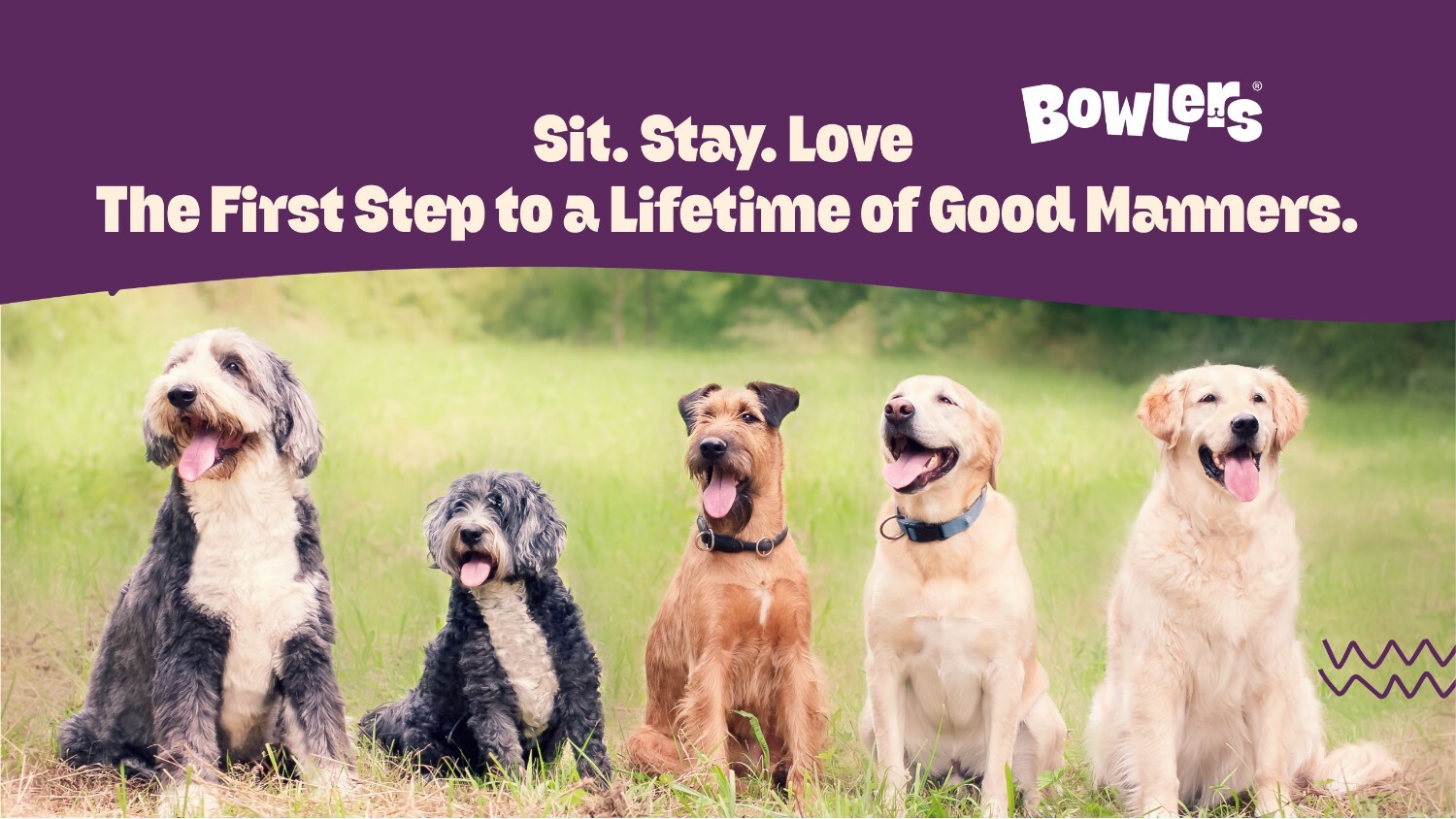How to Train Your Dog to Sit and Stay Effectively

Training your dog to sit and stay is one of the first and most rewarding steps in building communication, discipline, and trust. These simple yet powerful commands form the foundation of basic obedience training, helping your dog stay calm, safe, and well-behaved in every situation.
Whether you’ve just welcomed a new puppy or are working with an adult dog, mastering these cues sets the tone for a lifetime of good manners.
Why “Sit” and “Stay” Matter
The “Sit” command helps your dog relax and focus, turning bursts of excitement into calm attention. Once your dog learns to sit calmly, the “Stay” command takes that relaxation further by building patience and impulse control.
Together, they create a balanced, composed mindset — helping your dog remain still, confident, and responsive in any situation. These two commands also make all other beginner dog training easier.Once your dog learns to listen and wait, teaching recall, leash walking, or even fun tricks becomes smoother and more enjoyable.
Step-by-Step Guide: Teaching Your Dog to Sit
The “sit” command is usually the easiest place to begin, especially for puppies.
Here’s how to get started:
- Find a Quiet Spot — Choose a calm, distraction-free area your living room, backyard, or a quiet corner of the park.
Dogs learn faster when they can focus fully on you. - Use a Treat as a Guide — Hold a small treat close to your dog’s nose.
Slowly move it upward, over their head. Naturally, their head will tilt up, and their bottom will lower to the ground. - Say “Sit” Clearly — As soon as your dog’s bottom touches the floor, say “Sit” in a gentle, happy tone.
Timing matters — say the word as they sit. - Reward Immediately — Offer the treat right away, followed by lots of praise (“Good sit!”).
Dogs associate the word with the action and the reward. - Repeat in Short Sessions — Practice for 5–10 minutes a day.
Puppies learn best in short, playful bursts rather than long, serious sessions.
Puppy Training Tip: Avoid pushing your dog into position. Let them discover the movement naturally with guidance and treats — it builds confidence and understanding.
Teaching the “Stay” Command
Once your dog can sit reliably, it’s time to add the “stay” cue, a slightly more challenging skill that builds focus and patience.
- Ask for a Sit — Begin with your dog sitting calmly in front of you.
- Add the Stay Cue — Hold your palm out in front of you (like a “stop” gesture) and say “Stay” in a calm, steady voice.
- Take One Step Back — Wait for one or two seconds.
If your dog stays in place, return to them, praise, and reward with a treat. - Gradually Increase Time and Distance — Practice taking more steps back, adding a few extra seconds each time.
Keep increasing difficulty slowly — dogs learn best in small, steady progressions. - End with Success — Always end the “stay” with a release word like “Okay!” or “Free!” to signal that they can move again.
Reward them once they return to you.
Training Note: It’s advisable not to call your dog from a “stay” position for a reward, as this can cause confusion.
Instead, calmly walk back to your dog, release them from the command, and then offer the reward.
Common Mistakes to Avoid
Even experienced pet parents can make small mistakes that slow down learning.
Here’s what to watch out for:
- Repeating the command: Saying “sit, sit, sit” weakens its meaning. Say it once and wait.
- Inconsistent rewards: Dogs thrive on clear patterns — always reward good behavior, especially in early stages.
- Skipping basics: Jumping to advanced tricks too soon can confuse a puppy still learning simple cues.
- Frustration: Dogs sense your mood. If you feel impatient, pause training and resume later.
Remember — training isn’t about perfection; it’s about understanding and teamwork.
The Power of Positive Reinforcement
Dogs respond best to encouragement, affection, and gentle correction. Praise and treats help them associate good behavior with happy outcomes.
For healthy motivation during training, offer small bites of Bowlers Nutrimax Club Puppy Food as rewards. Its grain-free formula makes it gentle on your puppy’s tummy, helping maintain focus and steady energy throughout sessions.Enriched with nutrients that support digestion, 40% less cell damage, and overall wellness, it keeps your pup active, attentive, and eager to learn every day.
Avoid punishment or yelling. Instead, redirect their attention when they lose focus.Consistent kindness makes your dog eager to learn and strengthens your emotional connection.
Making Training Fun and Rewarding
Dogs learn faster when training feels like a game. Try these playful methods to keep their attention:
- Use toys or favorite treats to reward success.
- End each session with playtime — a quick game of fetch or tug builds positive association.
- Add gentle challenges, like practicing “stay” while you move around or introducing mild distractions once they improve.
Always keep your tone cheerful and sessions short. Training should never feel like work, it’s bonding time.
When to Start Dog Sit Training
You can start dog sit training as early as 8 weeks old. Puppies absorb lessons quickly, especially when learning through play. However, adult dogs can also master these commands, it may just take a little more patience and repetition.
Consistency is the secret. Practice a few times a day in different environments the living room, garden, or during walks — so your dog learns to listen everywhere.
Real-Life Benefits of “Sit” and “Stay”
Once your dog reliably sits and stays, you’ll notice improvements in daily life:
- Easier vet visits and grooming sessions.
- Calmer greetings when guests arrive.
- Safer walks and better recall outdoors.
- A stronger bond built on respect and trust.
These simple commands make your dog a joy to be around — confident, controlled, and connected.
In Conclusion
Basic obedience commands like “sit” and “stay” form the heart of beginner dog training.
They teach focus, respect, and patience the building blocks for every other skill your dog will learn. With love, consistency, and healthy rewards like Bowlers Dog Food, your dog won’t just follow commands they’ll understand you.
Every “sit” and “stay” becomes a moment of connection, shaping your loyal friend into the well-mannered companion you’ve always wanted.


